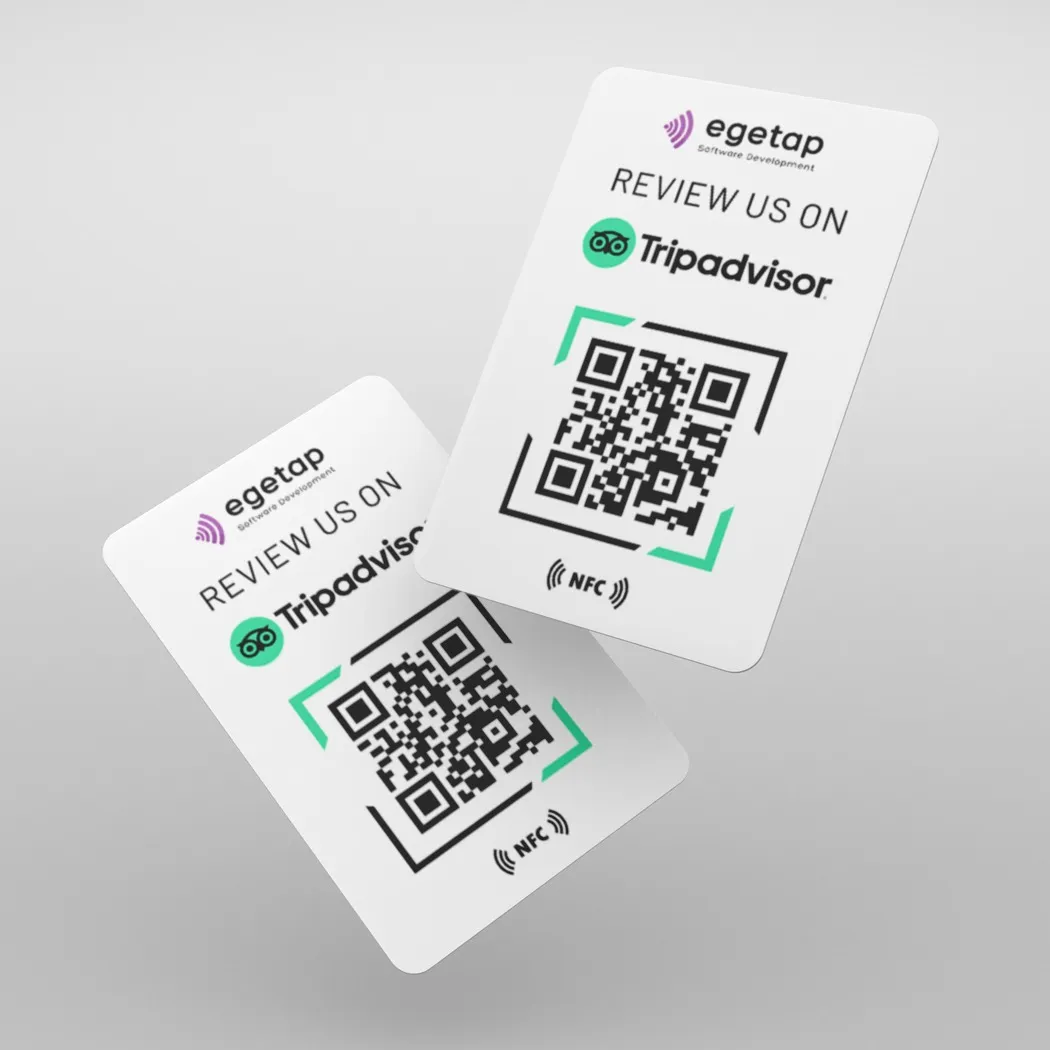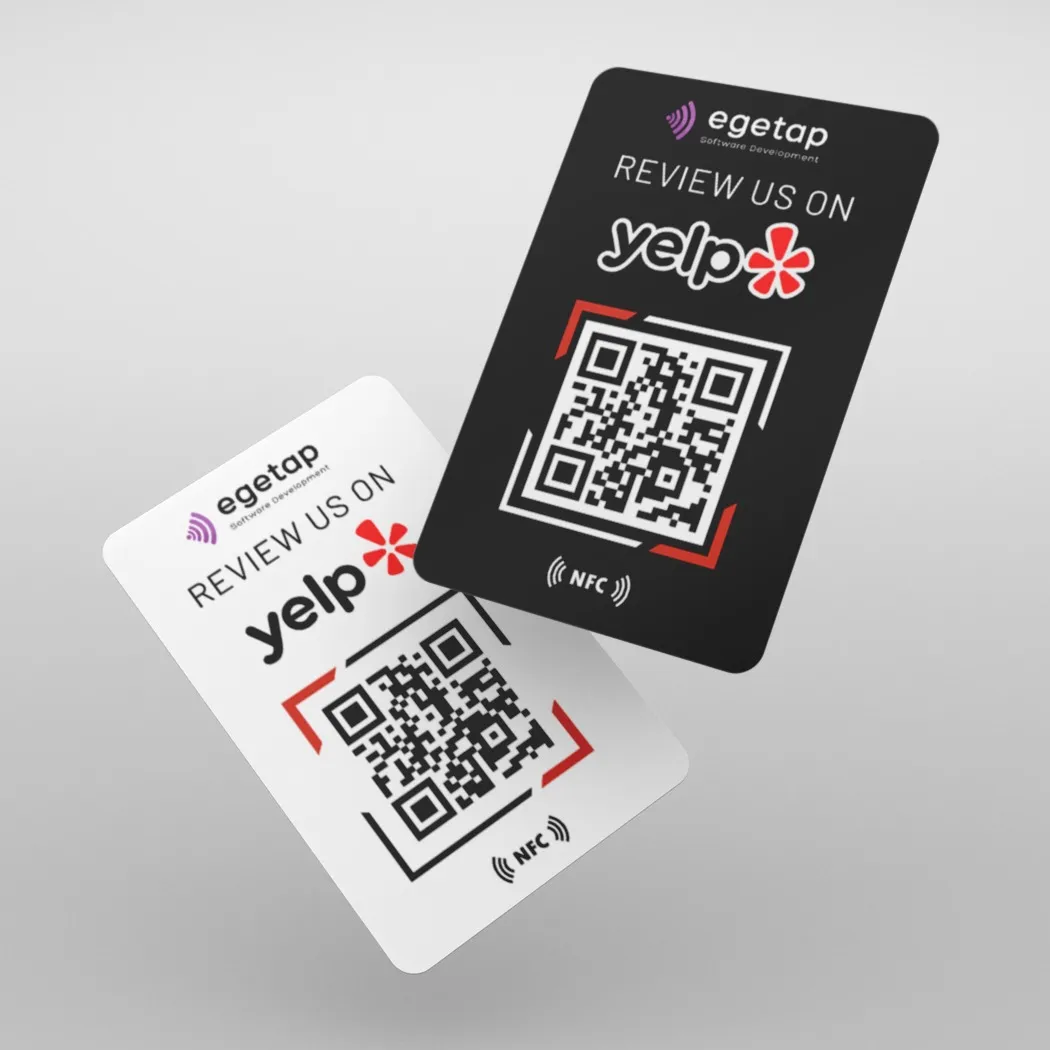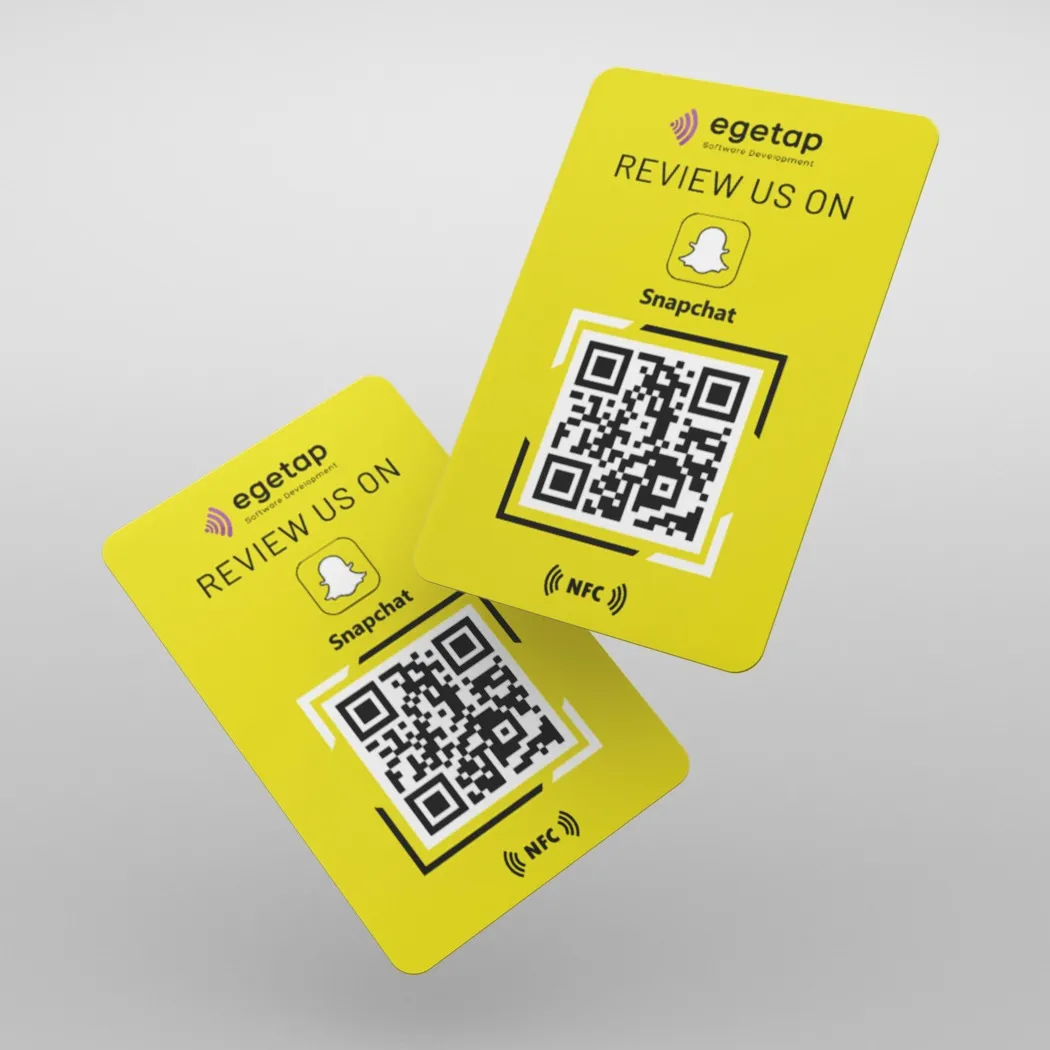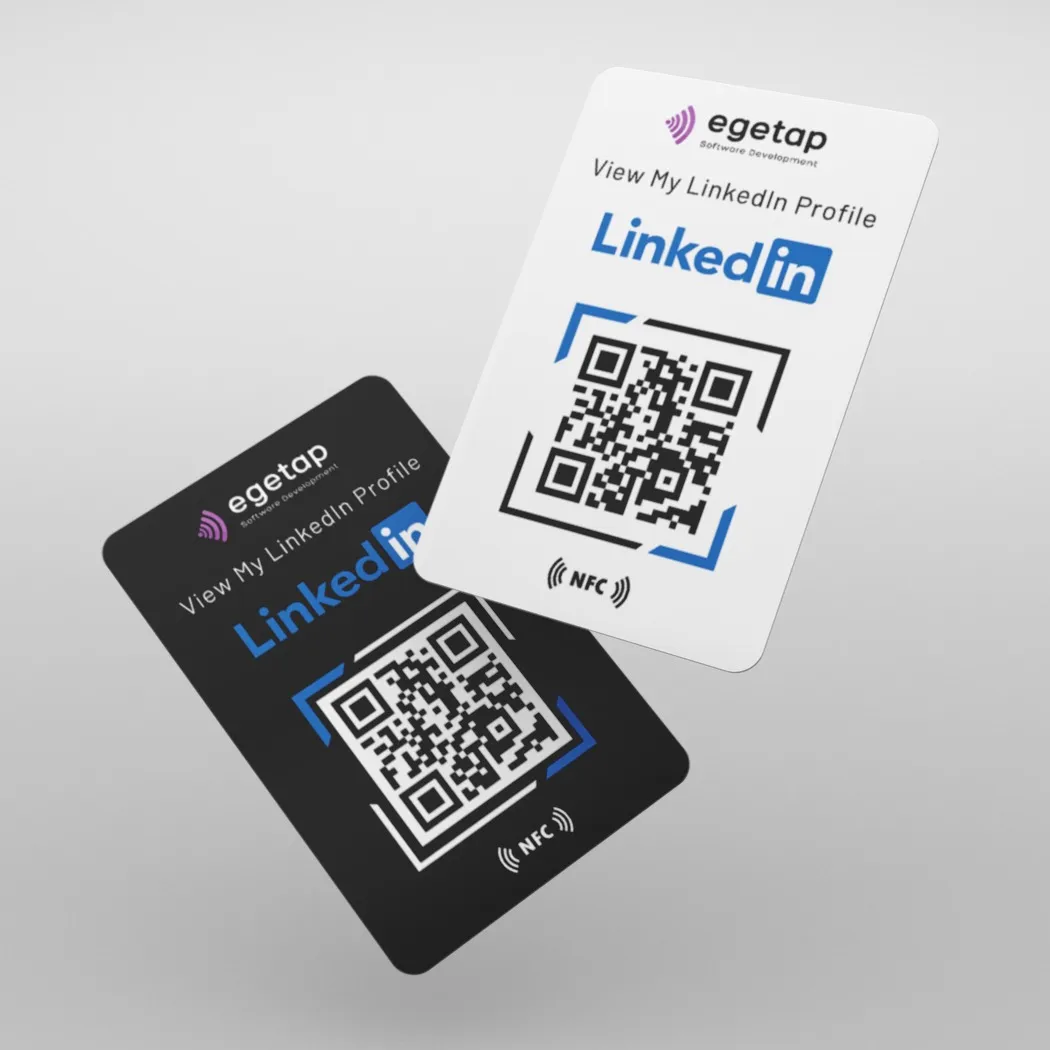
NFC Social Media Card
NFC Social Media Card: Instantly Share Your Profile To Close More Connections
Benefits Of Using An NFC Social Media Card
An NFC Social Media Card turns a handshake into an immediate profile exchange. For professionals and small businesses, it reduces friction at events, accelerates follow-ups, and increases the likelihood of engagement. Over two decades advising brands on digital-first networking, I’ve seen physical-to-digital tools raise connection retention and improve measurable follow-through.
- Faster Networking: Tap-to-share eliminates typos and search friction.
- Higher Conversion: Immediate access to your social profiles increases follow rates.
- Sustainability And Cost Savings: Reusable digital cards replace printed stacks.
How An NFC Social Media Card Works
NFC (Near Field Communication) chips embedded in a business-card form factor are programmed with a URL or vCard link. When a compatible smartphone taps or hovers over the card, the phone opens your landing page, social links, or contact file without requiring an app. The interaction is fast, secure, and compliant with modern phone standards.
- Tap-To-Open: Uses existing phone capabilities—no downloads.
- Custom Landing Pages: Route visitors to LinkedIn, Instagram, TikTok, or a multi-link hub.
- Analytics Option: Many providers offer click tracking to measure ROI.
How To Choose The Right NFC Social Media Card
Choosing the right card depends on your goals: lead generation, personal branding, or simplifying contact exchange. Evaluate providers on durability, chip quality, customization options, and analytics. As a US-based SEO strategist who has evaluated networking solutions for agencies and executives, I recommend prioritizing platforms that let you edit targets without reissuing cards.
- Editable Links: Ensure the card allows live URL updates.
- Analytics Dashboard: Look for click and location metrics for follow-up decisions.
- Compatibility: Confirm broad phone support (iOS and Android) and NFC standards.
Buying Guide And Implementation Checklist
Buy with a clear implementation plan. Decide on the landing experience (single profile vs. multi-link page), test a batch at an event, and train staff to mention the tap feature at introductions. Integrate with your CRM for immediate follow-ups and include a polite call-to-action on the card’s landing page to increase conversions.
- Test First: Order a small run to validate user flow and link behavior.
- Brand Alignment: Customize visuals and microcopy for consistent messaging.
- Follow-Up Workflow: Automate an email or CRM tag after a tap to close the loop.
From a technical standpoint, NFC cards are mature and widely supported. Security relies on the landing page and how you collect data; avoid storing sensitive personal data on the chip itself. Instead, use the chip to point to secure HTTPS pages and consider short-lived tokens if you implement advanced tracking. My approach when advising clients combines privacy-first design with measurable goals—every NFC implementation should have a clear KPI like email captures, profile follows, or demo bookings.
If you’re optimizing for SEO and discoverability, link the card’s landing page to your primary web presence. Use canonical URLs, schema markup for contact points, and ensure fast mobile load times; these steps improve both user experience and your organic visibility when people search for you after an event.
Practical Use Cases That Drive ROI
Real-world applications vary by industry. Sales teams see improved lead capture at trade shows. Creators use NFC Social Media Card links to consolidate follower paths across platforms. Recruiters reduce friction during campus visits, and consultants give prospects instant access to case studies. The common thread is measurable engagement: a card that’s used becomes a trackable touchpoint in your sales or marketing funnel.
When evaluating ROI, measure the ratio of taps to meaningful actions (follows, sign-ups, meeting requests). Over 20 years of digital strategy work, I’ve emphasized test-and-measure cycles; NFC tools are no exception. Start small, collect data, iterate on copy and landing design, then scale procurement once metrics validate the approach.
Ready To Start? Order a Test Batch And Track Results: Choose a provider with editable links, set up a concise landing page optimized for mobile and speed, and run a short trial at an event. Evaluate taps, follow-through actions, and cost-per-conversion before large-scale rollouts.
CTA: Try One NFC Social Media Card Prototype Now — Test It At Your Next Event And See Immediate Improvements In Follow-Up Rates.
FAQ: How Long Does The NFC Chip Last?
The embedded NFC chip is passive and has a long lifespan—typically many years under normal use. The more fragile component is the card body; choose materials that fit your use case (plastic, metal, or laminated cardboard).
FAQ: Do I Need A Special App To Use The Card?
No special app is required for modern smartphones. Most iOS and Android devices can read standard NFC tags. If a specific provider offers enhanced features, they may have an optional app, but basic tap-to-open functionality works natively.
FAQ: What Happens If I Change My Social Links?
Pick a provider that supports dynamic linking. Dynamic NFC cards allow you to update destination URLs without replacing the physical card, which is essential for maintaining brand continuity and reducing waste.

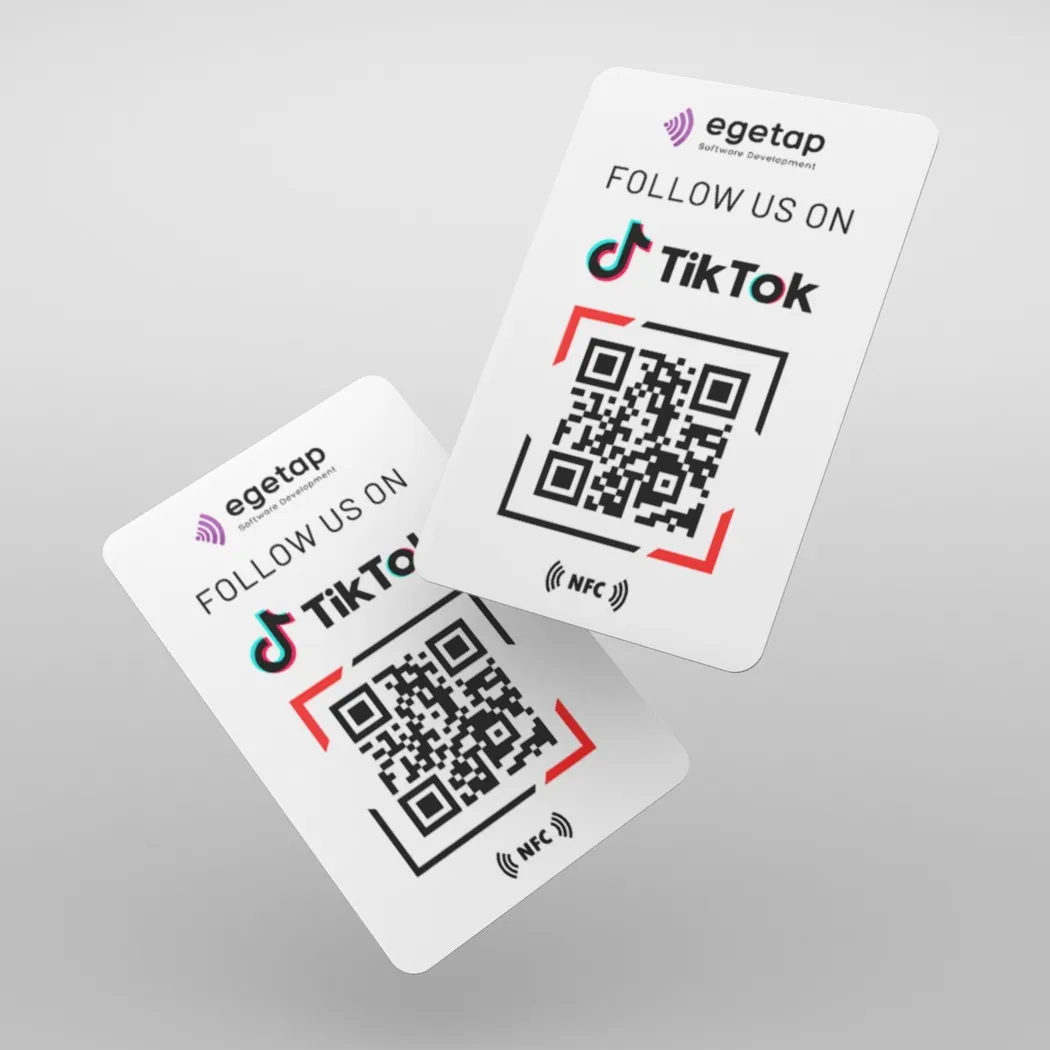
Frequently Asked Questions
Details on setup, compatibility, analytics and shipping for our NFC digital business cards, Google Review Cards and QR menu stands.

